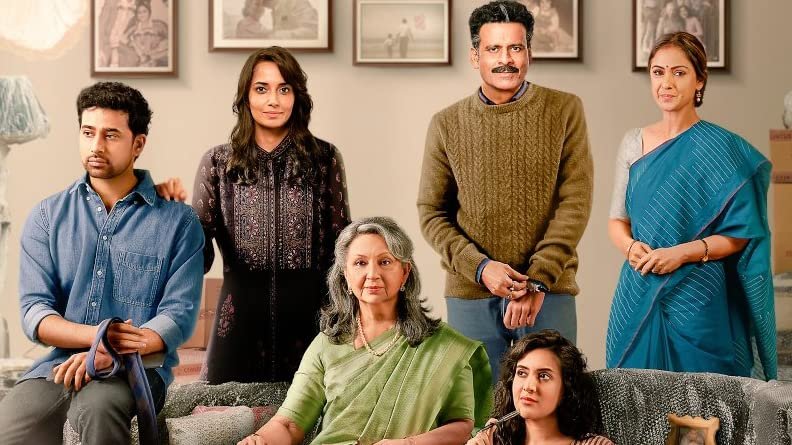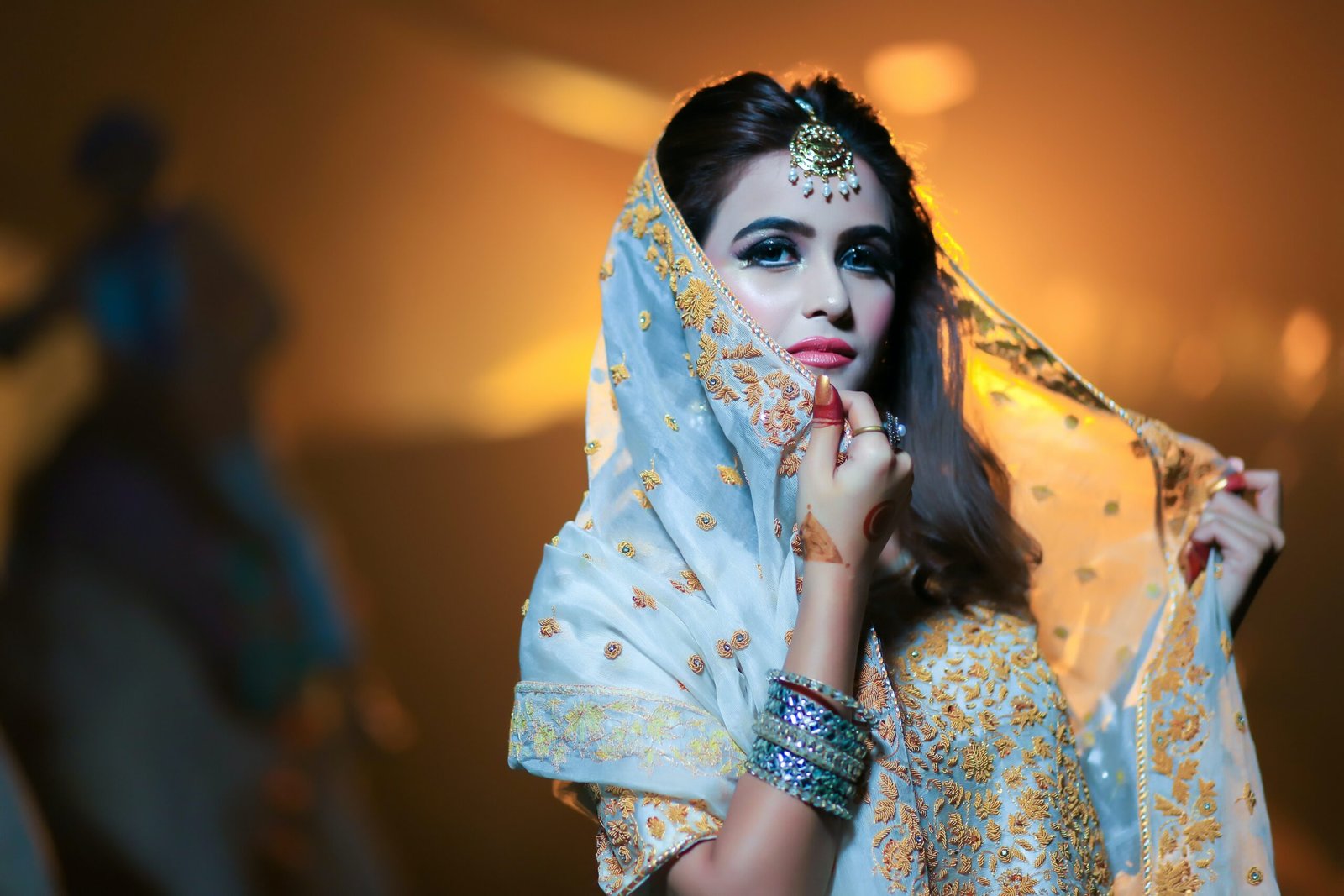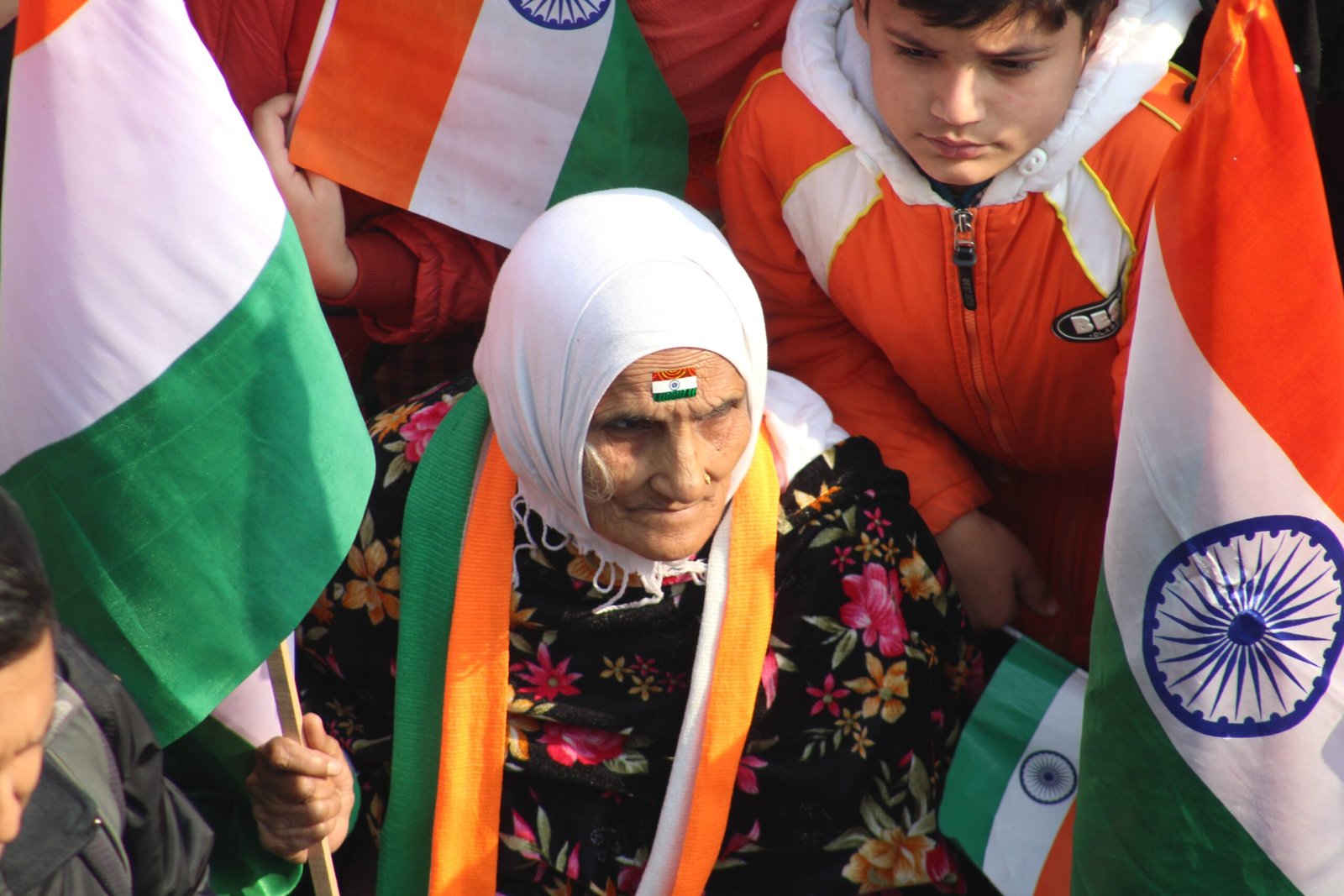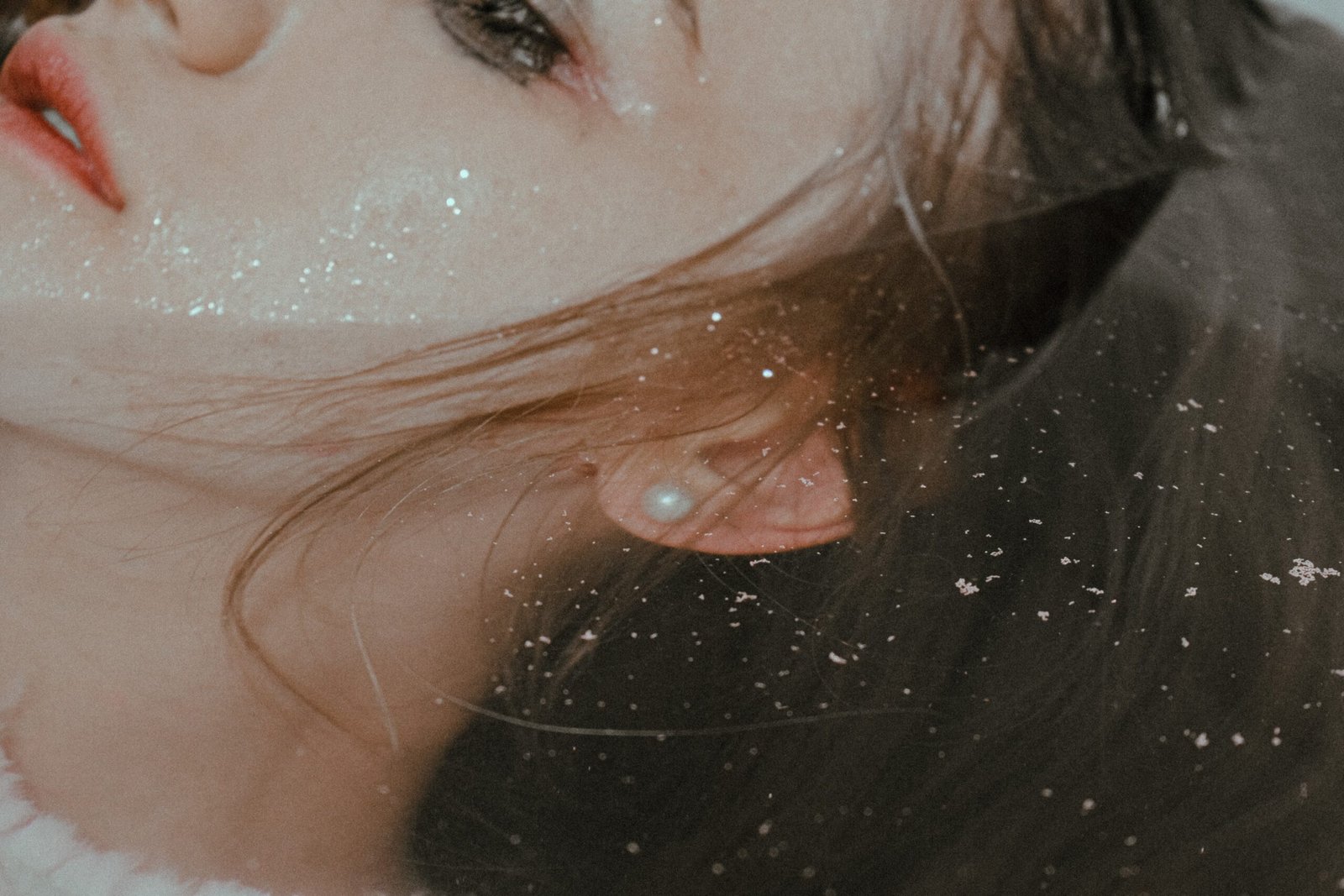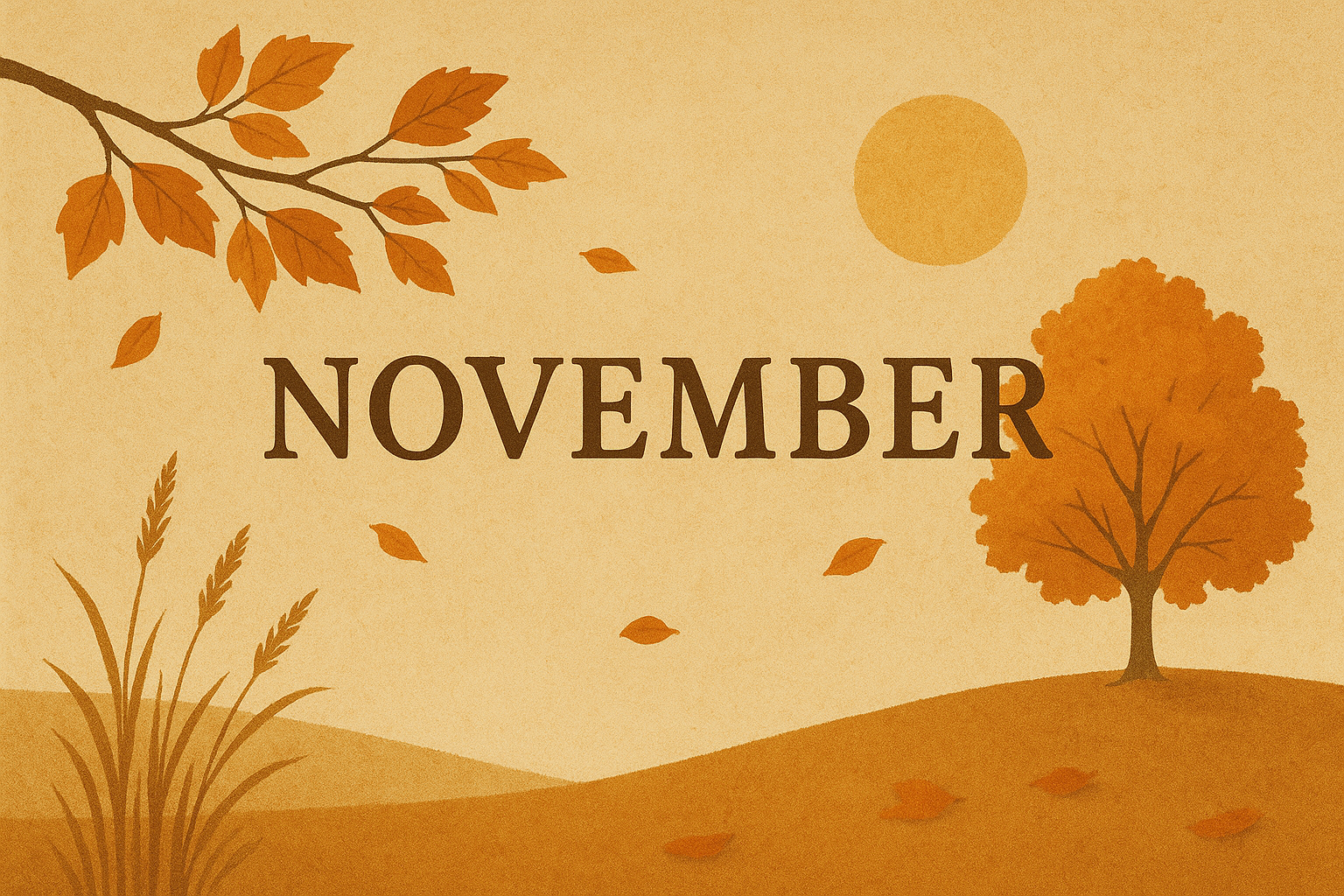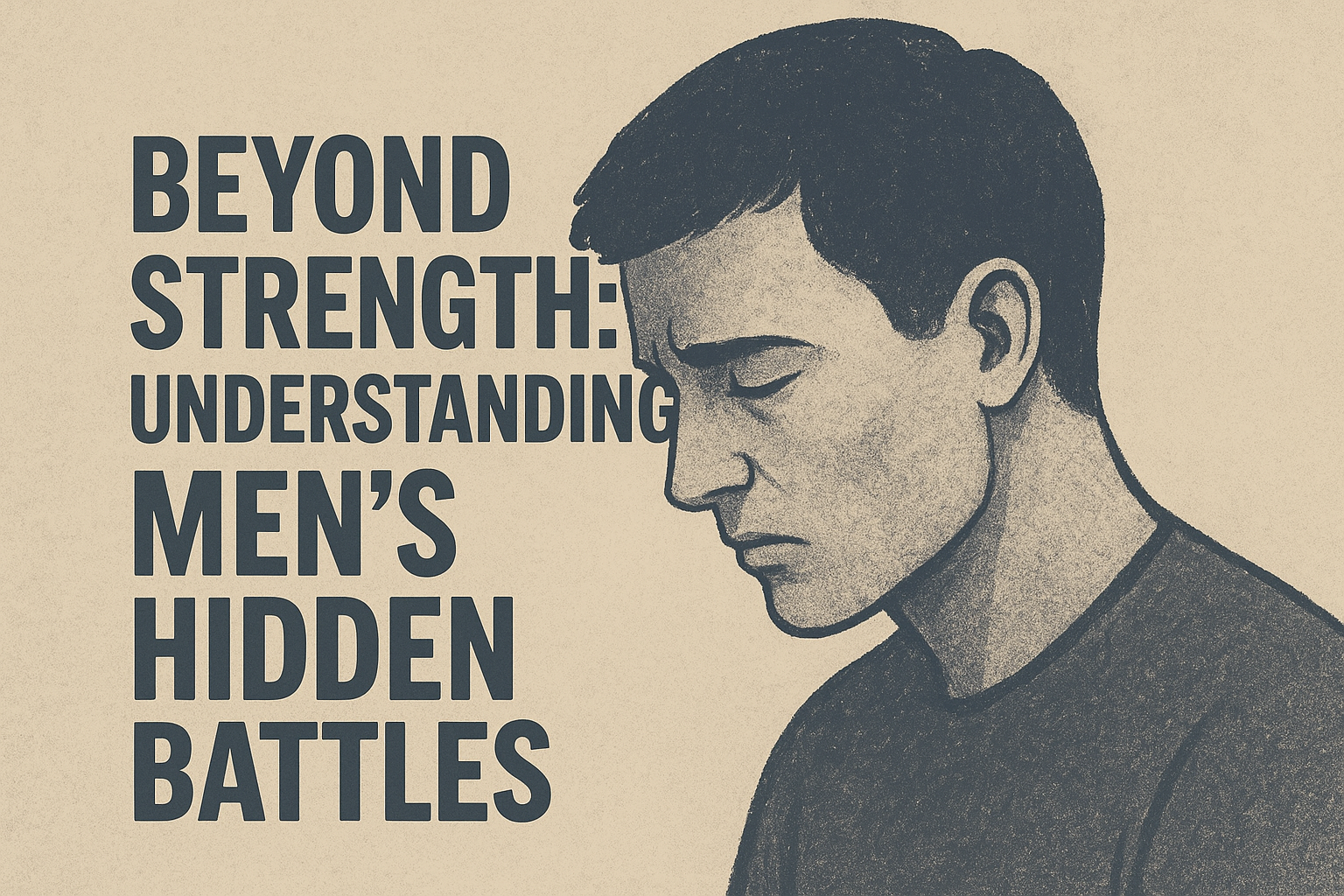My closest friend suggested a Bollywood film. Directed by Rahul V. Chittella and streaming on Disney+ Hotstar, Gulmohar was unassuming, to begin with. Little was I aware then that I would be exploring the nuances of this beautiful story through a singular strand. It’s through the rituals related to the widely celebrated and insanely colourful Hindu festival, Holi.

Customs and rituals have been a common trope in Bollywood movies since the very beginning. However, the profundity of Gulmohar’s presentation made me realise something for the umpteenth time.
Practices passed down from one generation to the next are intrinsically woven into a family, the fundamental unit of the social fabric. And it is through them that the subtleties of relationships get manifested.
The opening scene of the film
Is a coalition of remarkable direction and poised performance. The veteran actor, Sharmila Tagore, the matriarch of the dismembering Batra family, is seen looking at a framed picture of herself, which soon spots a space in her suitcase. It is a mirror to the future, as it shows her posing in front of Auroville. The scene offers the cue to her decision of staying independently in Pondicherry later on. It is her wish to celebrate the last Holi together in their own home before the thirty-four-year-old mansion is razed to the ground.
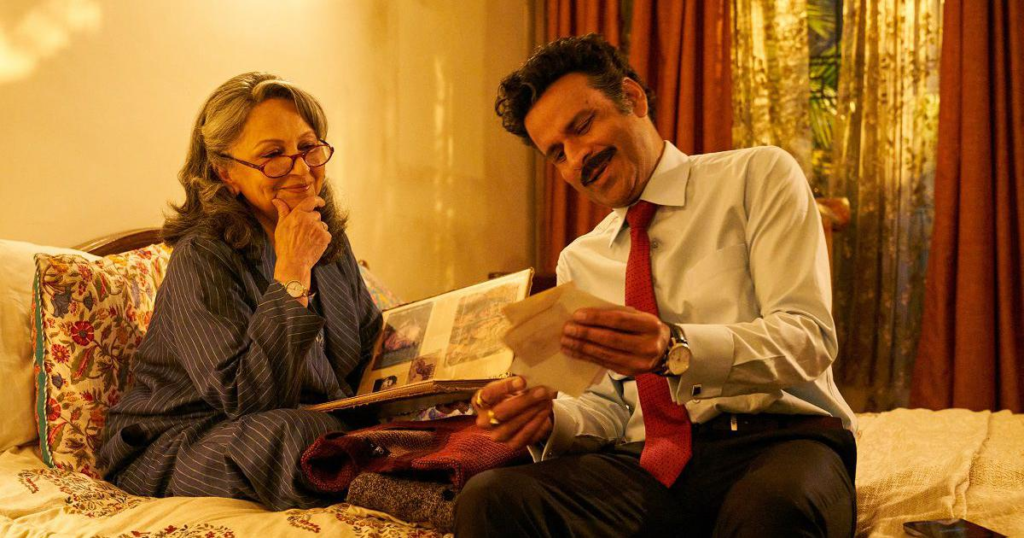
How rituals bind us together
A span of four days is encompassed in the running time of the movie. In the final lead-up, we get glimpses of the conventional ceremonies that bind the members of the family. All the individuals come together before they tread on their chosen paths leading to their destinies. But before the denouement, a lot happens, as every character has a story to tell and struggles to share.
Highlights a medley of issues
A father is heard complaining about the “arrogance of youth.” An uncle refers to the past as ‘different times.’ Within the first ten minutes, you realise that it is your story as well. It is the relatability despite the specificity that makes Gulmohar a stellar show. Solopreneurs and their start-ups are almost as inconceivable to parents, as the concept of loving someone of the same sex. So, while the new generation swears by change and experimentation, the elders are inclined towards letting things stay the same. And as you process the sensitivity of these issues, you become aware that you are suffering from the same plight.
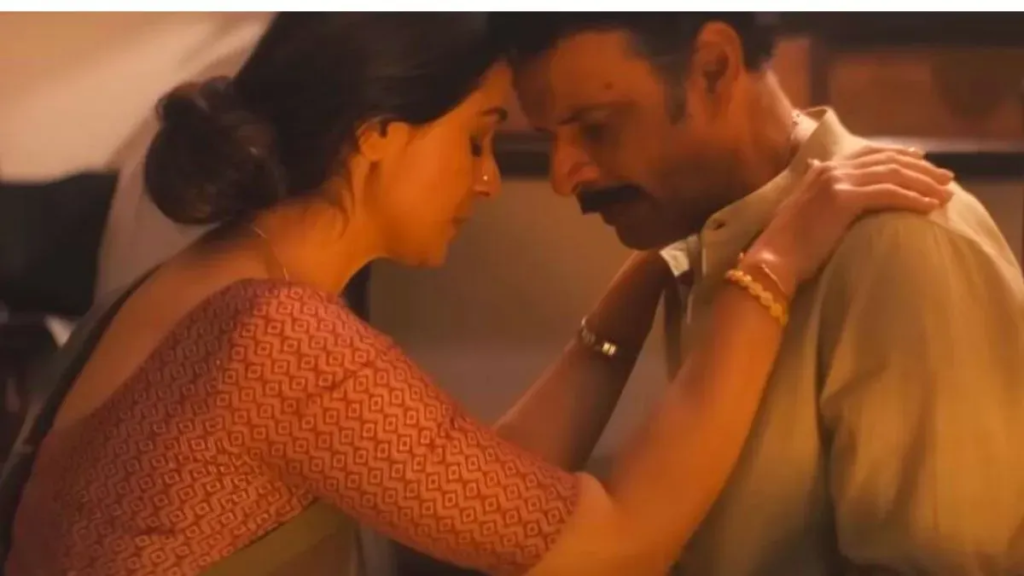
- The tug of war between the heart and the mind is central to internalising the essence of Gulmohar. The viewer has no choice but to think and feel at the same time.
- Taking steps in favour of oneself without being self-centred.
- Bringing up a child as one’s own is in sharp contrast to being the birth parent who chooses to give it up.
- Juggling between destiny and free will while not giving up on one’s dreams and to stand up every time you fall.
- Owning your love even when you are singled out and seamless acceptance of the reversal of roles.
Many such delicate affairs are aesthetically dealt with in this apparently dreamy family drama. While your heart wrenches at one shot, it turns gooey at another.
Stellar Cast
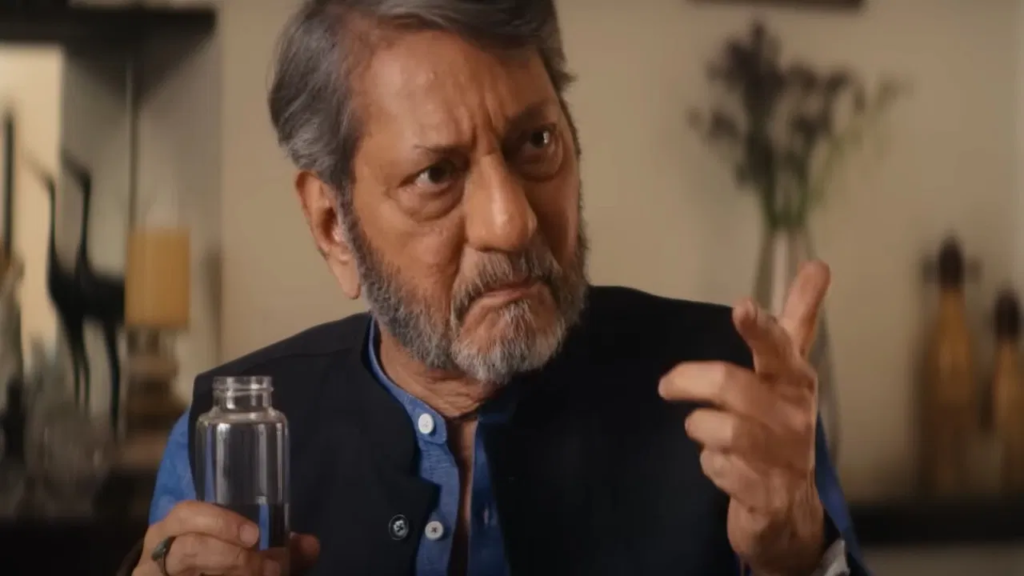
The cast of Gulmohar is fantastic, and so is their delivery.
- Sharmila Tagore as Kusum. She is the modern matriarch who spearheads the Batra family. She acts as a foil to the parochial attitude of the bitter uncle Sudhakar Batra, played by another veteran, Amol Palekar. Their opinions are as different as their intentions, but ultimately only that happens which “was meant to be.”
- Manoj Bajpayee as Kusum’s son, Arun. He is exceptional. Simran as his wife, Indu, does equal justice to her part. The couple’s “Yes. Always…” repartee reveals their chemistry and holds them together in the most trying times.
- Suraj Sharma as Aditya, Utsavi Jha as Amrita, Kaveri Seth as Divya, Santhy Balachandran as Reshma, and Jatin Goswami as Jeetendra have also offered outstanding performances.

Soulful melodies
The mellowness of the myriad experiences of life can be felt most through mindful music. The melodies of Gulmohar are a testimony to the same. The graceful ghazal Dilkash by Talat Aziz sets the stage for the stories. Sapno ke Pakhi carries it forward till Woh Ghar brings about the epiphany. The culmination is staged through the song Hori Mein, a peppy number where we get to see the Holi rituals of the Batras.
The Legend of Holika Dahan as a tool
Previously, through the Holika narrative, the ritual of storytelling was showcased. Later, it is the execution of the Holika Dahan that brings together the Batras. As the ritualistic lighting of the Holika fire is performed, it seems as if every misunderstanding and inhibition is burnt in that pyre. Just like the popular legend behind Holi, here the good triumphs over the evil, and each one hopes “woh rishtey yunhi mehekta rahein.” As Chandan Roy, aka Param says, “In life, we only need hope and love.”
Finally, we witness the unabashed smearing of gulal along with the riotous showering of flowers. The generous gulping down of bhaang and the uninhibited dancing of family, relatives, cousins, and staff create a holistic spectacle that only customs and rituals can revive.
After all, rituals rekindle relationships and restore solidarity like nothing else does.


By Promita Banerjee Nag
An avid word enthusiast and content-churner, Promita is fuelled by novel writings, ideas and light-hearted banter. A teacher by passion, she treads the path of unequivocal learning with and through her students. Mother, music and ‘mishti’ mostly convince her. If you wish for a tête-à-tête, feel free to reach out to her at promita033@gmail.com.





